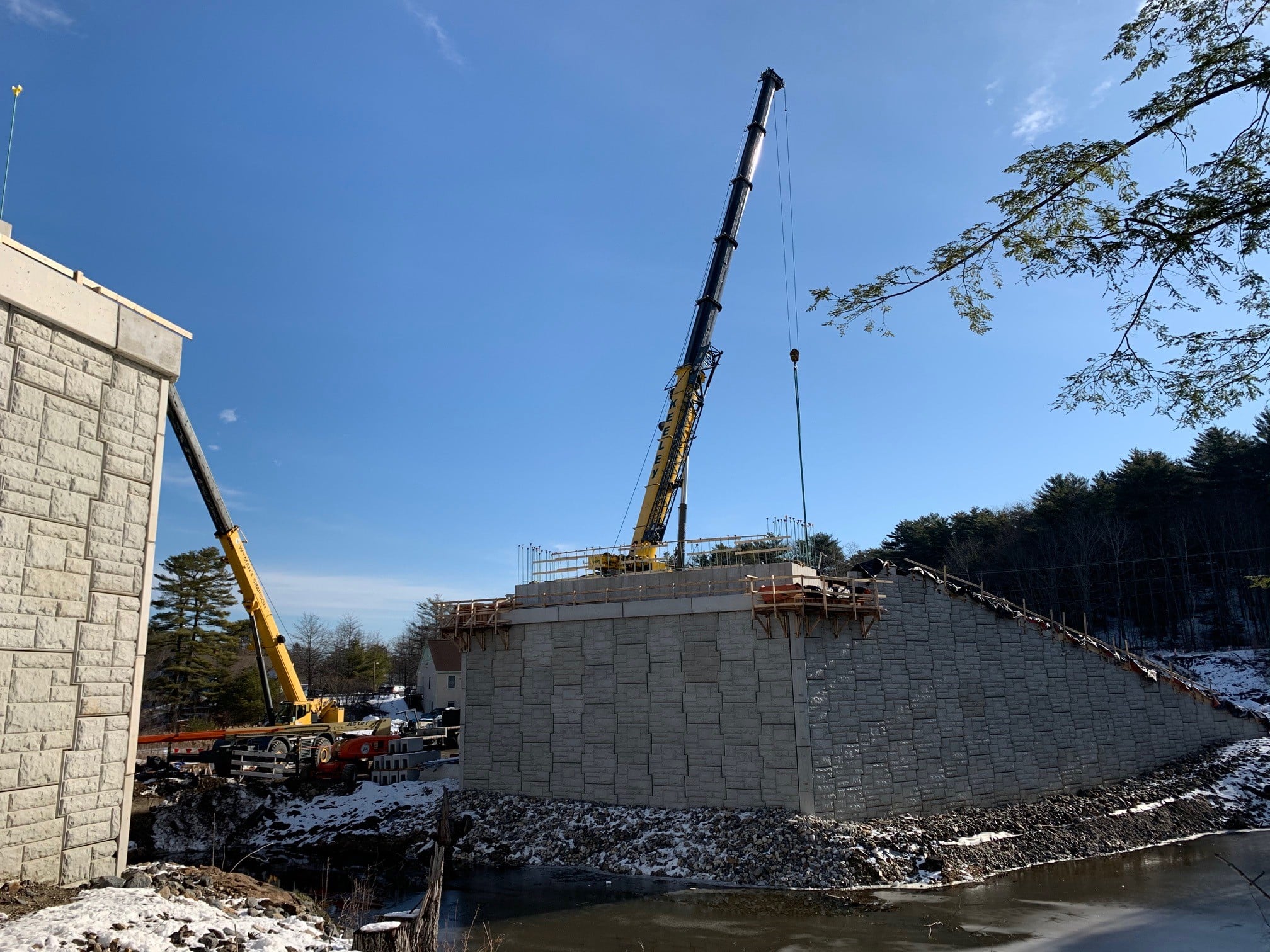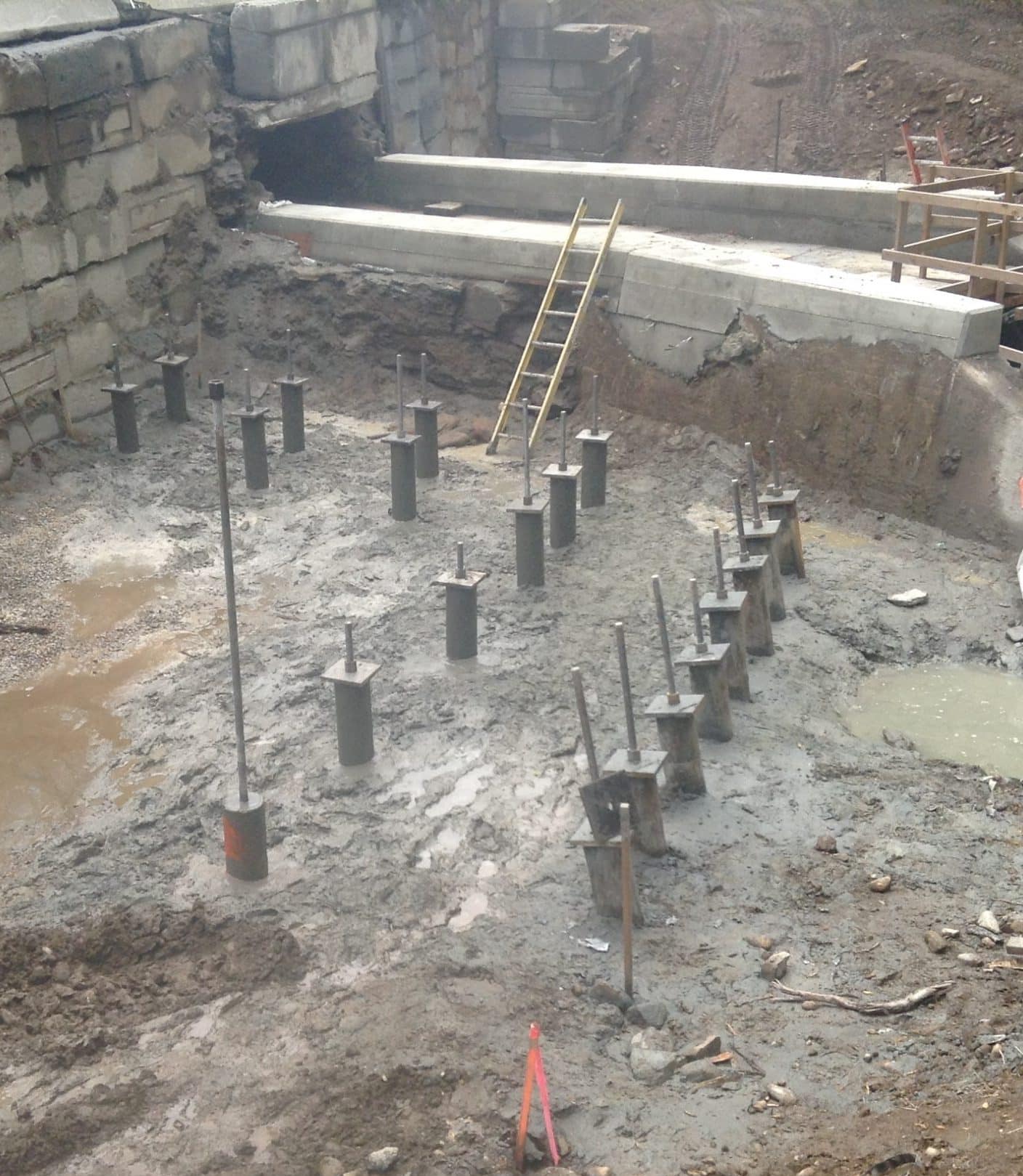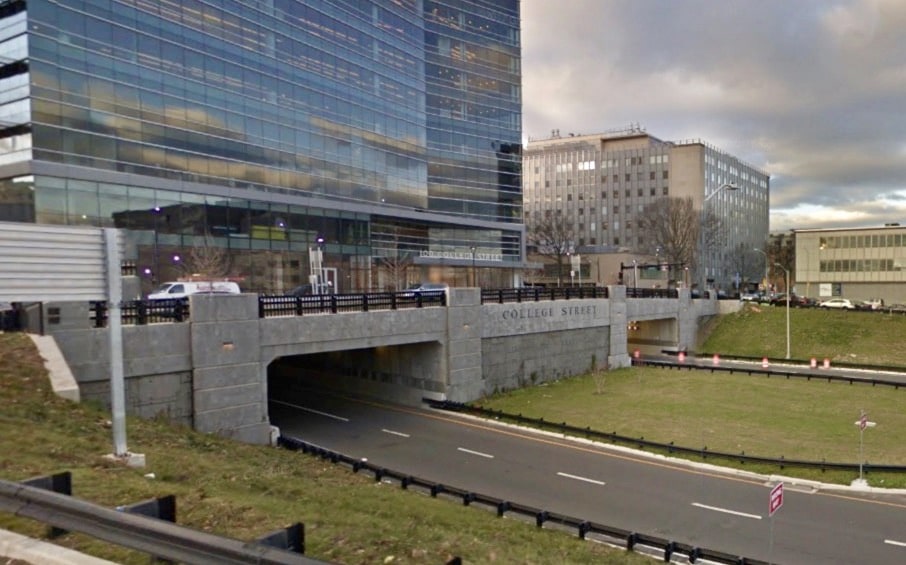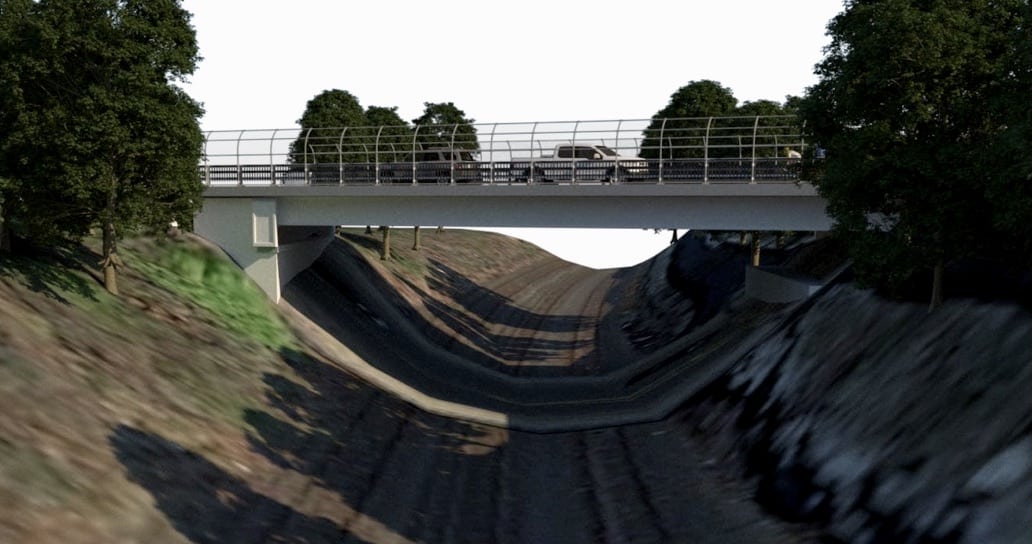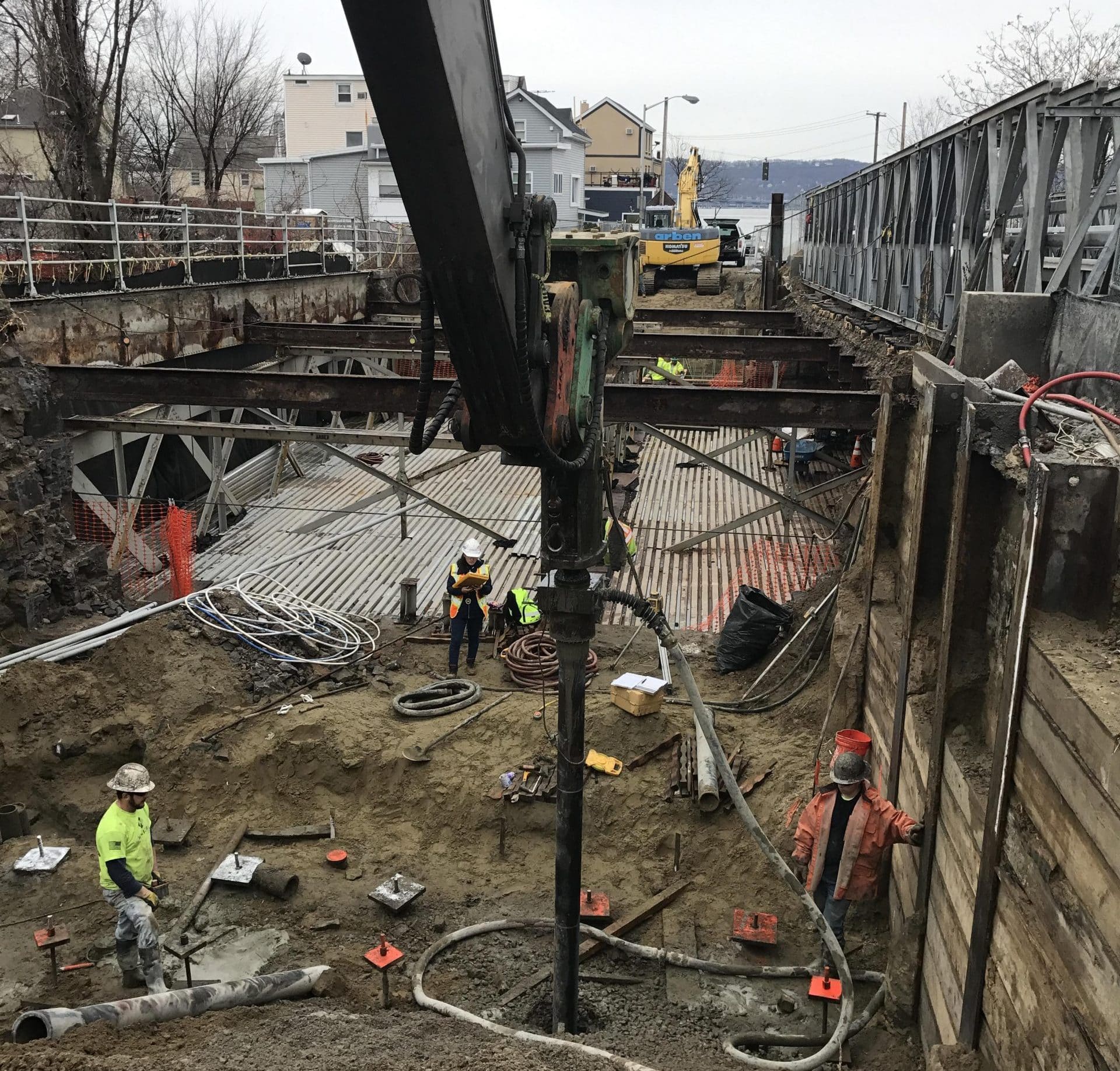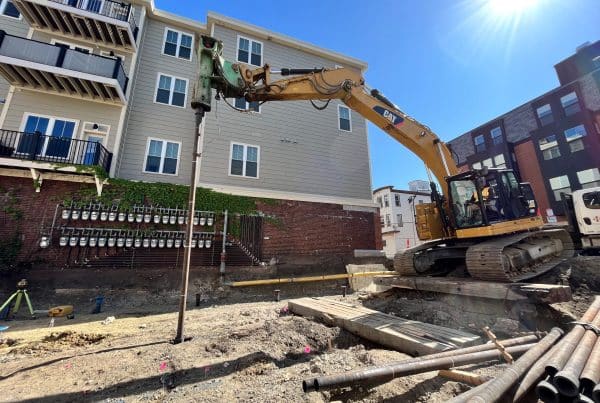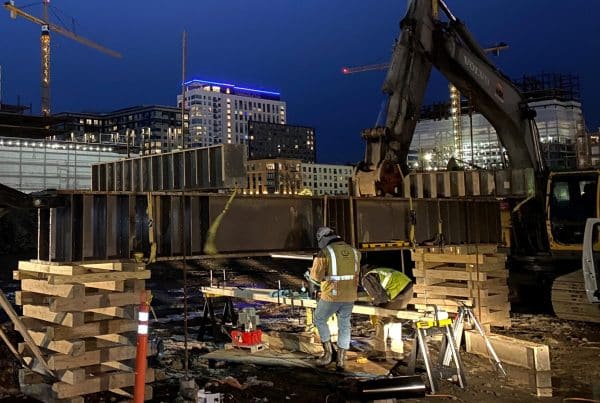My family and I were driving down Route 44 the other day in route from Rehoboth, MA to Providence, RI and couldn’t help but notice the rough condition of the roadway. Dodging potholes to lower the chances of a flat tire or front-end misalignment was more like driving through an off-road obstacle course than on a modern-day arterial roadway. As we took the offramp in East Providence and merged onto Route I-195, everything changed… the white-knuckled turbulence of Class-V rapids was replaced by a placid drift down a lazy river. The travel lanes were clearly-marked and the ride was smooth as we hummed along a stretch of highway that was previously improved as a part of a transportation infrastructure project.
As we cruised along, I felt appreciative of modern-day infrastructure; not only the end result, but all of the planning and hard work that government, engineers, and contractors deploy in order to transform funding and years of planning into beautifully finished products of “engineered art”. I also felt fortunate that our HELICAL team has had the opportunity to meet some of the geotechnical design/build challenges associated with many of these projects. So as we enter the highly anticipated (and hopefully highly traveled!) summer of 2021, we look back at some of the transportation infrastructure projects that we’ve been lucky enough to be a part of and recognize the consulting geotechnical engineers and general contractors that helped make it all happen. Cheers to them and to the summer of 2021! Safe travels!
Featured Projects
Anchor Road Bridge, Bath, ME – Geopier® Rammed Aggregate Pier® and Rigid Inclusion Elements
The project consisted of a single-span bridge over a water body. The bridge abutments were comprised of mechanically stabilized earth (MSE) embankments, however, the eastern abutment was underlain by fill and fine-grained (clayey) soils overlying bedrock. Given the relatively high abutment load (5,400 psf bearing pressure), the existing overburden soils were considered unsuitable due to global stability concerns. Removal and replacement of the unsuitable soils would have required an extensive excavation support and dewatering scheme given the adjacent water body. We designed and installed Geopier Rammed Aggregate Pier (RAP) elements using cement-treated-aggregate (CTA) to reinforce the unsuitable soils, achieve an acceptable factor-of-safety for global stability, limit settlement to less than 1 inch, and expedite the construction schedule. For more information on Geopier Ground Improvement, click here.
Geotechnical Consultant: S.W. Cole Engineering, Inc.
General Contractor: Crooker Construction
CTDOT Bridge, Stratford, CT – Drilled Micropiles
This project also consisted of a single-span bridge. The proposed bridge abutments had relatively high vertical and lateral load demand and were located over a compressible sand layer. We designed and installed vertical and battered drilled micropiles that derived their capacity in the underlying bedrock. Project challenges included constrained access, phased construction, and safely performing the work around an active gas line. For further detail on this project, please refer to our project case study here. For general information on drilled micropiles, click here.
Geotechnical Consultant: Weston & Sampson Engineers, Inc.
General Contractor: Dayton Construction Company
CTDOT Route 34 Crossing Bridge, New Haven, CT – Geopier Rammed Aggregate Pier Elements
The project consisted of a two-span bridge that carried College Avenue over Route 34. Existing fill and organic soils extended up to about 20-feet-deep and were not suitable for support of the bridge abutments and center piers due to settlement concerns. Removal and replacement of the unsuitable soils would have required an extensive excavation support scheme. We designed and installed Geopier Rammed Aggregate Pier (RAP) elements to reinforce the unsuitable soils, limit settlement to less than 1 inch, and expedite the construction schedule. For more information on Geopier Ground Improvement, click here.
Geotechnical Consultant: Langan Engineering and Environmental Services
General Contractor: C.J. Fucci Construction Inc.
MassDOT Bridge over MBTA Tracks, Worcester, MA – Drilled Micropiles
This project consisted of a single-span bridge replacement over existing MBTA and CSX tracks. The abutment design included drilled micropile support with the piles socketed into bedrock. Project challenges included low-overhead access below the existing bridge, phased construction, and intermittent work shifts to safely perform the work adjacent to an active rail line. For more information on drilled micropiles, click here.
Geotechnical Consultant: Gill Engineering
General Contractor: MAS Building and Bridge, Inc.
MBTA Facility, Boston, MA – Helical Piles
The project included improvements to Boston’s MBTA Red Line and yard house located in South Boston. Soil conditions consisted of up to about 25 feet of unsuitable urban fill and organics, underlain by a thick layer of Boston Blue Clay (BBC). The upper 12+ feet of the BBC consisted of a heavily overconsolidated, desiccated “crust”. We designed and installed helical piles that derived their capacity in the BBC crust to support a proposed equipment storage and materials building. Project challenges included installing the piles through heavily obstructed urban fill and ensuring that the piles developed their capacity in the BBC crust without punching through and into underlying/soft clay. The helical piles provided significant costs saving over drilled micropiles, which were used on other parts of the project. For more information on helical piles, click here.
Geotechnical Consultant: Jacobs Engineering Group
General Contractor: Lane Construction Corporation
Metro North Railroad Bridge, Sleepy Hollow, NY – Ductile Iron Piles
This project consisted of a single-span bridge over the Metro North Railroad (Hudson Line). Soil conditions below the proposed bridge abutments consisted of about 25 to 40 feet of unsuitable urban fill overlying natural sand, clay and decomposed bedrock. Ductile Iron Piles (DIPs) were used as VE alternative to traditional drilled micropiles based on lower cost and faster schedule. We designed and installed vertical and battered DIPs for both compression and tension resistance. For further detail on this project, please refer to our project case study here. For general information on DIPs, click here.
Geotechnical Consultant: Langan Engineering and Environmental Services
General Contractor: Arben Group

